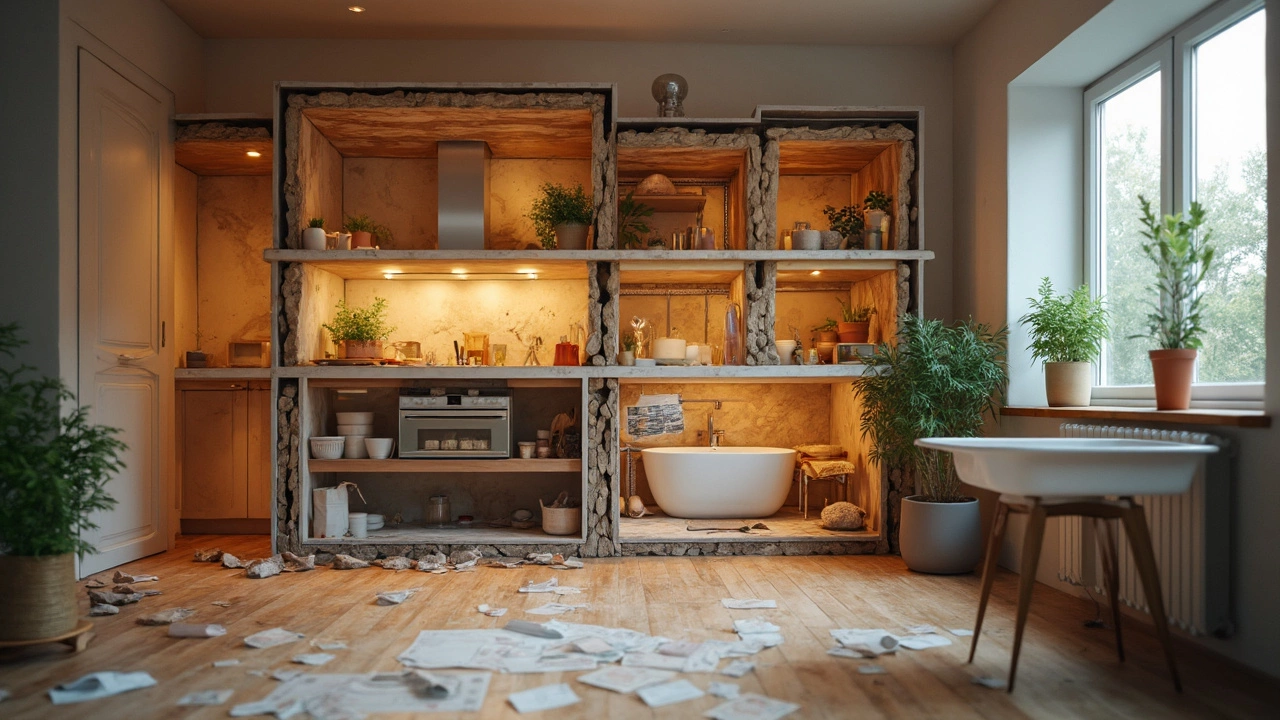Expensive Remodels: Why They Cost So Much and How to Save
Ever started a kitchen revamp or a bathroom upgrade and felt the budget explode? You’re not alone. Many homeowners discover that a remodel can quickly become an expensive surprise. The good news is that most of those cost spikes come from predictable sources, and you can plan ahead to avoid them.
What Drives the Price Tag
First off, labor is a big chunk of any remodel bill. Skilled tradespeople—plumbers, electricians, roofers—charge rates that reflect years of training and the risk of working in tight spaces. If you need a structural change, like moving a load‑bearing wall, you’ll also pay for a structural engineer’s assessment and the extra reinforcement.
Materials matter, too. High‑end flooring, custom cabinetry, or premium roofing shingles sound great, but they add up fast. Even something simple like a new cement mix for foundation repair can double the cost if you choose a specialty product instead of a standard blend.
Permits and inspections are often overlooked. Local councils require paperwork for major changes, and each permit comes with a fee. Skipping the paperwork might save a few pounds now, but you risk fines or having to redo work later.
Unexpected issues also raise the bill. If you uncover hidden mold, a cracked foundation, or outdated wiring, you’ll need to fix those problems before the remodel can continue. Those surprise repairs can turn a modest project into a heavyweight spend.
Smart Ways to Trim the Budget
Start with a realistic budget that includes a 10‑15% contingency for surprises. Write down every item you expect—materials, labor, permits—and then add that buffer. When you have a clear number in mind, it’s easier to say no to unnecessary upgrades.
Get multiple quotes. A single estimate can give you a false sense of what the market charges. By comparing at least three bids, you’ll spot price outliers and negotiate better rates.
Consider DIY where you’re comfortable. Tasks like demolition, painting, or minor flooring can be done yourself, saving labor costs. Just be honest about your skill level; a botched DIY job often costs more to fix.Choose standard materials that still look good. For example, luxury vinyl plank can mimic hardwood at a fraction of the price, and it’s easier to install.
Plan the work in phases. If you can tackle the kitchen now and defer the bathroom for a later date, you spread the cost over time and avoid a massive upfront bill.
Finally, talk to your contractor early about cost‑saving options. A good plumber or builder will suggest alternatives—like using a pre‑fabricated roof truss instead of custom steel—that keep the project on track without sacrificing quality.
Remodels don’t have to break the bank. By understanding where the money goes and taking a few practical steps, you can enjoy a fresh space without the buyer’s remorse that comes from an unexpected price tag.

